
Capturing the Zeitgeist
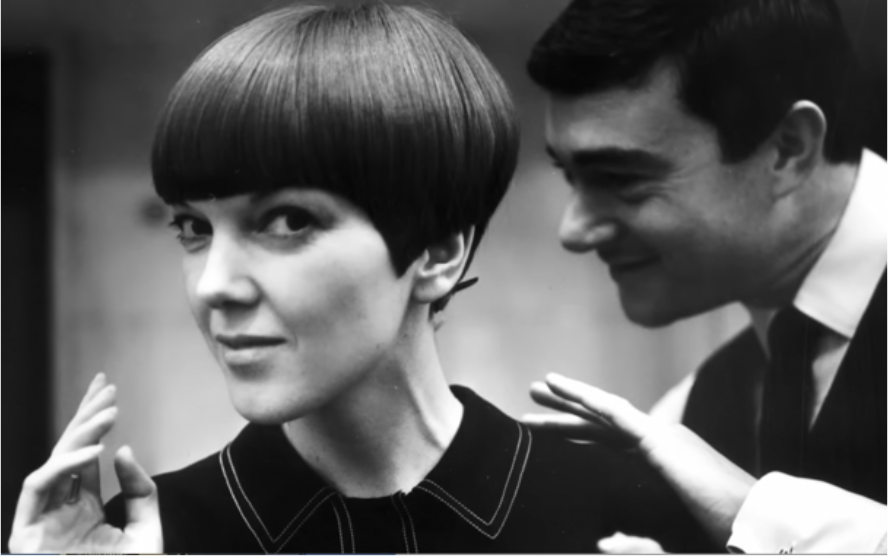
Zeitgeist is a German word meaning ‘defining the spirit or mood of a particular period of history as shown by ideas & beliefs of the time’. Most people excelling in their profession do this consciously or subconsciously. Think of the seminal British fashion designer Mary Quant, who passed away recently, but whose fashion defined the 1960s. She was inspired by her London contemporaries such as hairdresser Vidal Sasson.
Architects do this too. Sometimes it is a specific architect known for a movement but more often it is a collection of people. Examples being Modernism born out of The Bauhaus School in the 1920s. Influence is happening faster and faster now with the success of social media enabling idea sharing instantly across the globe.
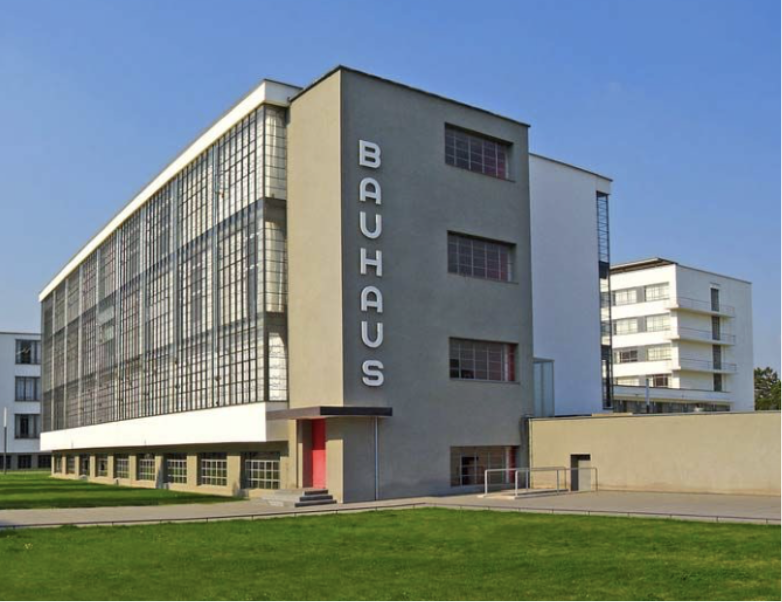
This raises the question ‘What is the Zeitgeist now and how can we use these ideas to improve building design?’ Here are four current modes:
1. Off grid living
This used to be considered a backwards bohemian dream but is becoming more and more achievable, particularly in rural locations. We recently designed a new build luxury house in Halstead, Kent with the Floyd family, which was partially off grid for practical as well as sustainable reasons. The house has a ground source heat array under the horses’ sand school, a borehole well for water to feed the house and indoor swimming pool, a 4 step drainage purifying system, which returns the cleaned water to the ground and sustainable urban drainage (SUDs) to capture rain water. The only mains connection is electricity meaning no fossil fuels such as gas or oil.
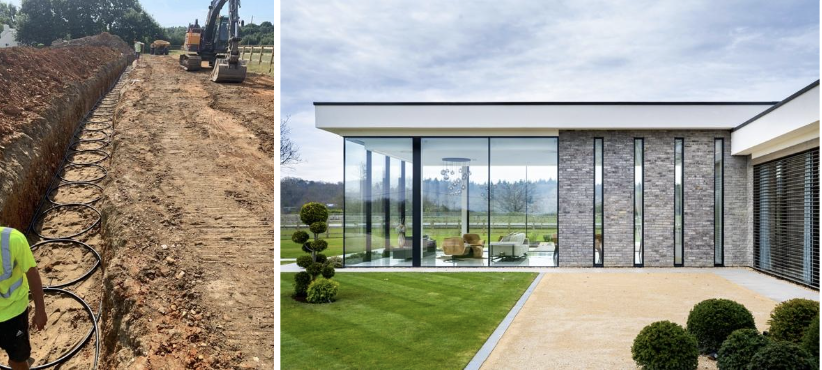

2. Micro renewable energy
This supplements the off grid living ideal. The aim being to generate renewable energy on site rather than take it from the grid. 15 years ago this would mainly be small scale wind turbines, biomass boilers fed with wood chips and solar panels. Solutions now include ground source or air source heat pumps and photovoltaic panels with onsite battery storage. These systems work on a larger scale too; our latest 40 unit housing scheme is designed with internal exhaust air heat pumps in each apartment with ducting to the balconies.
3. Virtual Reality
Friends sometimes share social media images saying ‘I would love to live there’. I reply ‘I would too if it were real’. Followed by incredulity that it isn’t. This is how convincing Computer Generated Images (CGIs) are now. As an architecture studio, we film video walk throughs of our completed buildings and produce animated ‘fly throughs’ of computer generated buildings before they are built. The latest evolution is Virtual Reality (VR) walkthroughs wearing a VR headset to provide a fully immersive experience.
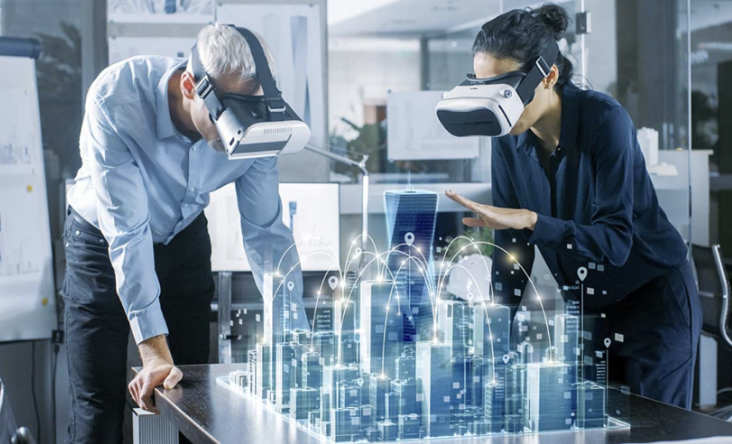
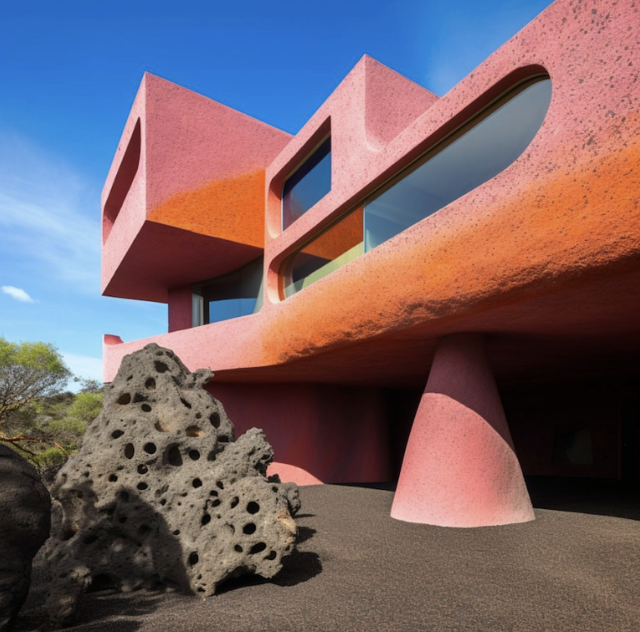
4. Artificial Intelligence (AI) in design
Currently there are a many possible avenues for AI in architecture. The most visual being computer generated sculptural buildings known as parametric architecture and the more accessible being apps which produce formulaic floor plans. One day these two may come together to be invincible but in the short term it feels more likely that AI will be a useful tool to save time on permutation exercises. For example, calculating what quantity of one and two bedroom apartment combinations will fit in a building of a given size. Thus, leaving the architect time to make the building sustainable, inspiring and desirable. As Jeff Bezos says, ‘always lean into the future’.